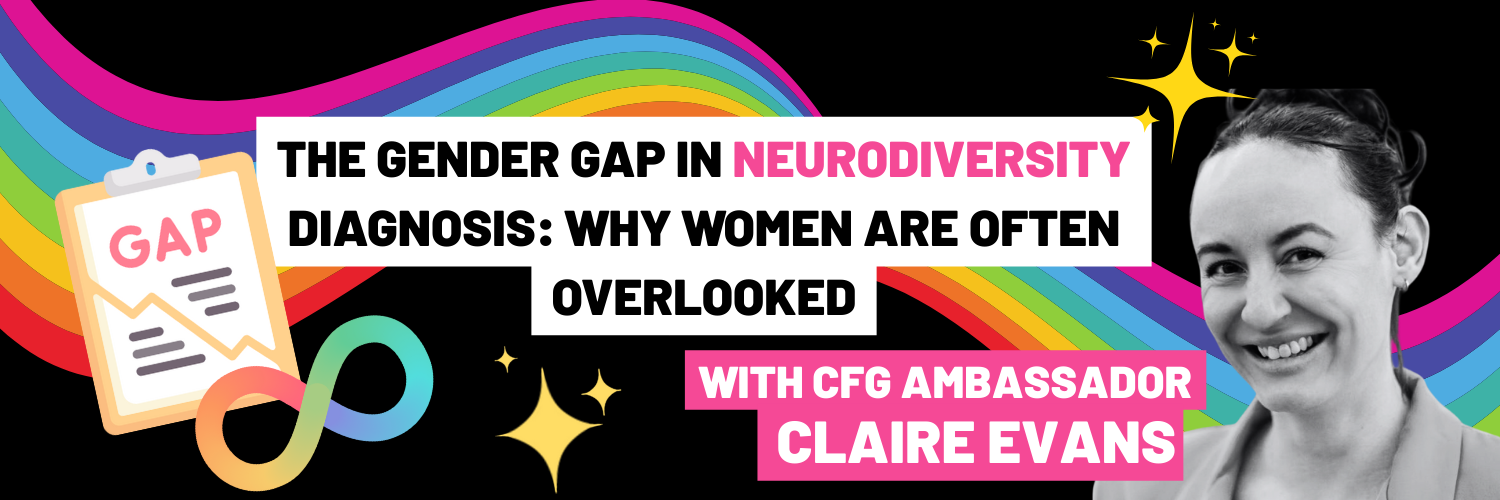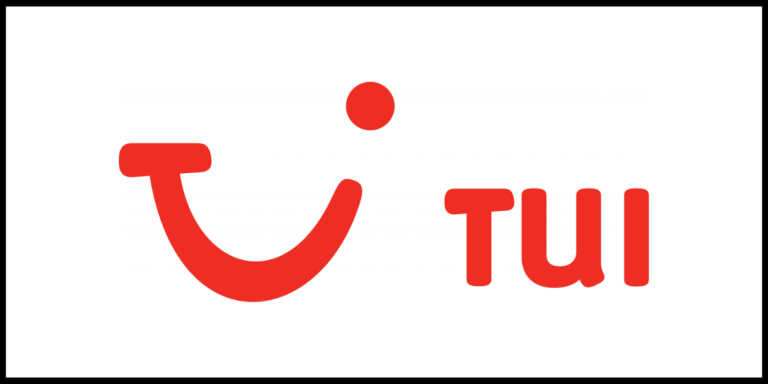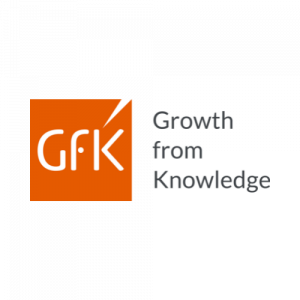
Content Menu
The Gender Gap in Neurodiversity Diagnosis: Why Women Are Often Overlooked
Hi, I’m Claire, a Code First Girls ambassador who was diagnosed with autism, but not until I hit 40. Growing up, I felt different, sensitive to sensory stimuli and confused by social rules, but I masked my struggles by copying others. Masking is when someone tries to hide or suppress autistic traits in order to appear “neurotypical”; sometimes this can happen without even realising you’re doing it. Frankly, this masking was exhausting and caused anxiety, as I was unknowingly suppressing my true self to fit societal expectations.
At 40, autism was suggested to me by a psychologist, prompting me to pursue an evaluation that confirmed my autism. Understanding my neurodivergence transformed my life, helping me find appropriate support and accept myself, and now I want to ensure the same for others.
What is Neurodiversity?
Neurodiversity describes the natural variations in human brains, including conditions like autism, ADHD, and dyslexia. Around 1 in 5 people are neurodivergent, yet many, especially women, remain unaware of their neurodivergence until later in life.
The term was originally coined in the late 1990s by sociologist Judy Singer, an autistic individual herself, as a way to shift the conversation from focusing on deficits or disorders toward recognising and appreciating the value of these different cognitive styles. Rather than viewing neurodivergence as something to be fixed or cured, the neurodiversity movement promotes the idea that society should accommodate and embrace these differences to allow individuals to thrive in environments that are supportive and inclusive.
Around 1 in 5 people are neurodivergent, yet many, especially women, remain unaware of their neurodivergence until later in life.
Why Are Women Overlooked in Neurodiversity Diagnosis?
Historically, autism was studied primarily in boys, leading to stereotypes and diagnostic criteria that overlook women. Women often mask their symptoms more effectively, appearing socially adept by mimicking neurotypical behaviours.
For instance, a girl might carefully study and imitate her friends’ interests in fashion or popular culture to blend in, rather than openly pursuing more stereotypically autistic interests like trains or computer coding. Girls typically channel intense interests into socially acceptable areas, making their autism less visible.
Consequently, many autistic women are misdiagnosed with anxiety, depression, or personality disorders, delaying the correct diagnosis. Recent studies show the gender gap in autism diagnosis is narrowing, but many women still remain undiagnosed into adulthood.
The Impact of a Late Neurodiversity Diagnosis
Late diagnosis can have significant emotional and psychological impacts. Undiagnosed women frequently experience self-blame and mental health challenges due to misunderstanding their neurodivergence. Studies indicate that over 60% of autistic women receive psychiatric diagnoses by age 25 due to unrecognised autism. Without the right diagnosis, women may not receive the support they need, leading to burnout and other serious health implications.
From my personal experience, my late diagnosis explained lifelong difficulties and allowed me to seek proper support, dramatically improving my mental health and well-being.
The impact of a diagnosis such as Autism Spectrum Disorder (ASD), ADHD, dyslexia, or other conditions could provide relief and validation from an early age, and reduce identity confusion and social isolation.
The Importance of Awareness and Representation for Neurodiverse Women
Awareness and representation are so crucial for closing the gender diagnosis gap. Public discussions and prominent neurodiverse female figures help challenge stereotypes. For example, environmental activist Greta Thunberg’s openness about her autism has brought significant attention and helped reshape public perceptions of autism. Healthcare providers are becoming better informed, resulting in improved early recognition for girls. Representation in workplaces also encourages neurodiverse individuals to disclose their needs, promoting supportive environments.
There are many ways that we can all help to increase awareness and support neurodivergent women such as creating workplace accommodations like sensory-friendly spaces, flexible working conditions, and neurodiversity training to help neurodiverse individuals thrive.
Here are just a few ideas that could make a big difference:
- Sharing your own story or encouraging others to share theirs
- Increased research addressing how neurodiverse conditions manifest in women
- Educators and organisations recognising the complexities of neurdoviseristy
- Incorporating neurodiversity into gender equality conversations
- Using social media, content creators and influencers to spread awareness
- Employers offering greater workplace support
Code First Girls’ 2024 research paper explores the companies can support neurodiverse employees, to create a safer and more inclusive workplace.
Creating workplace accommodations like sensory-friendly spaces, flexible working conditions, and neurodiversity training to help neurodiverse individuals thrive.
The Strengths of Being Neurodiverse
Neurodivergent individuals possess unique strengths like creativity, detail-oriented thinking, and innovative problem-solving. In tech, these abilities are highly valued. My autism has allowed me deep focus, helping me excel in coding and data analysis roles. With the right support, neurodiversity becomes an asset rather than a challenge.
Read more about my own journey as a neurodivergent woman in tech in my previous blog post here, or dive into stories by CFG Ambassadors Fiona and Asia on just how powerful being neurodivergent can be!
Conclusion
Addressing the gender gap in neurodiversity diagnosis is crucial for both individual well-being and societal progress. Women, especially those with autism and ADHD, are often underdiagnosed, leading to missed opportunities for early support. Greater awareness and early identification can help reduce challenges related to mental health and self-esteem.
Creating supportive environments in schools, workplaces, and communities allows neurodiverse women to thrive. Embracing neurodiversity benefits everyone by fostering innovation, diverse problem-solving, and inclusivity. Supporting neurodiverse women enhances creativity and success in tech, workplaces, and beyond, contributing to a more equitable and compassionate society.
If you suspect you might be neurodivergent, pursue professional evaluation and understand that your neurodiversity can be life-changing.


















